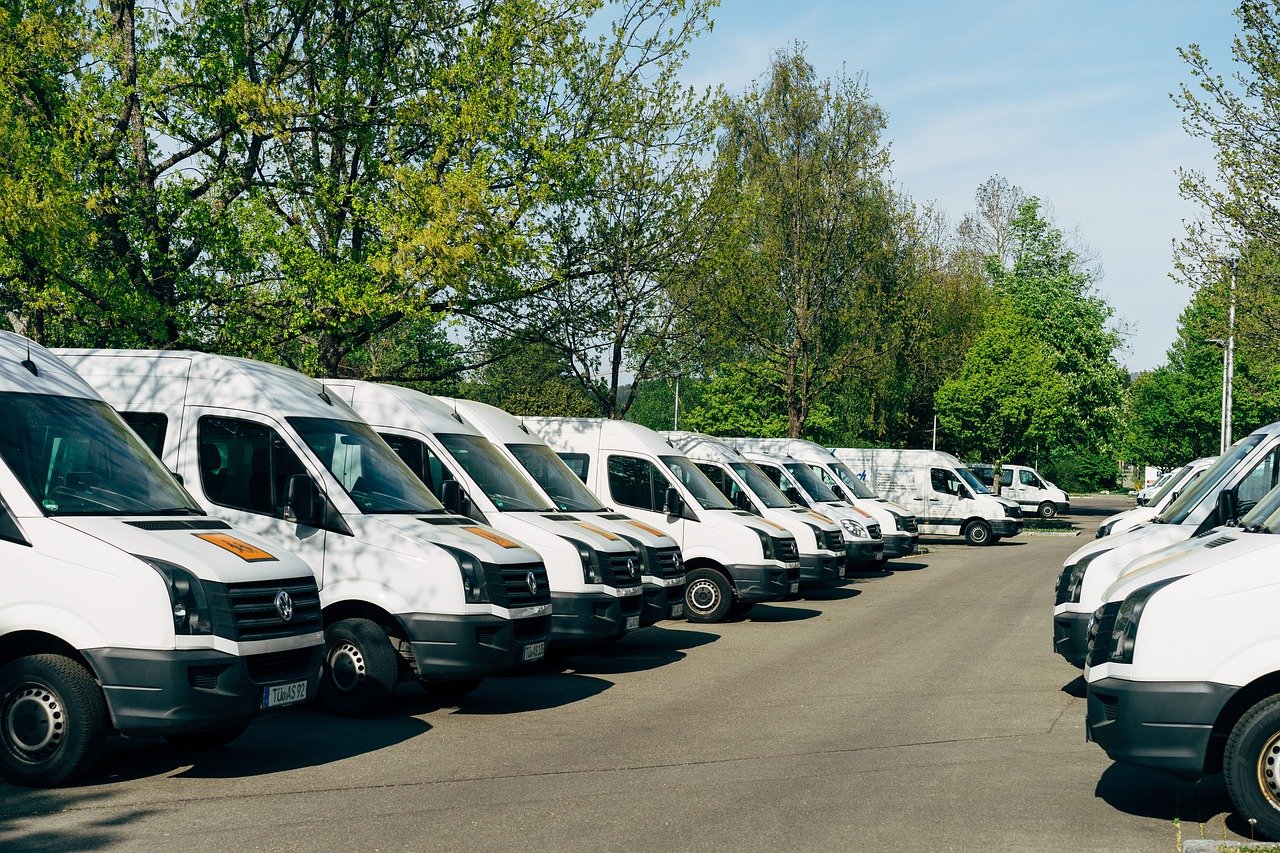Fleet Monitoring of delivery drivers
With the increased demand for delivery services, fleet managers are working harder to monitor their fleet of delivery drivers to ensure the process runs efficiently and seamlessly.
The rapidly changing industry is innovating faster due to the rise in e-commerce. Fleet businesses have had to implement plans to withstand the increase in demand to continue to operate and look at ways to grow their fleet business whilst still improving services.
How to effectively monitor your fleet of delivery drivers
Delivery services are becoming busier. Meaning fleet technology and tracking software are more important to manage your fleet more efficiently. Plus, the more data you have on your fleet, the easier it is to find the right fleet insurance so you don’t overpay or become underinsured.
Monitor drivers and vehicles
A large part of being a fleet manager is ensuring that delivery drivers are sticking to the scheduled route to make deliveries on time. Being able to track and monitor your drivers allows you to review driver productivity, alerting you of any issues that could delay deliveries.
You can track drivers using specific fleet management software, GPS or telematic tools. Using fleet management software helps improve driver productivity and allows them to update vehicle status and report incidents as soon as they happen.
- Maintenance and ware
Fleet maintenance is one of the most important things to monitor. Scheduling regular maintenance checks and repairs will not only increase the efficiency of your fleet, but also the safety of your drivers. Having a healthy vehicle will prevent breakdowns and road traffic incidents.
Monitoring your vehicles will help you to know when to schedule in repairs and allows drivers to easily report any issues with their vehicles.
- Monitor fuel costs
Keeping track of your driver fuel costs gives you full visibility on how much each driver spends on fuel to complete a journey. Monitoring fuel costs will help you to prepare fuel budgets and fuel allowances.
In most fleet management software, you can link fuel cards with fleet software. Linking the fuel card to software gives you accurate insight into expenditure, vendor location, fuel grade, fuel economy and fuel consumption. Using the information and cross-checking it with other data such as vehicle maintenance and driver activity will help you develop better strategies to keep costs down while keeping your drivers productive and safe.
- Vehicle lifetime
Keeping track of vehicle mileage and maintenance frequency will help you to make better vehicle decisions moving forward. The wear and tear on each vehicle will give you an idea of life expectancy for each vehicle. If you need to replace your current vehicles more often, you may want to consider switching to a more robust vehicle that will last longer and save your fleet money in the long term.
- Driver productivity
To run a successful fleet, you need productive drivers. To improve the productivity of your drivers you should set clear and realistic expectations with clear communication.
As your drivers are always on the move, utilising mobile platforms and fleet technology will help you to communicate with your team, manage inspections and provide tasks and current statuses throughout the day.
Hyperlocal delivery
A more efficient way of monitoring delivery drivers is by focusing on hyperlocal delivery. Hyperlocal delivery is a model where the delivery of products is restricted within a particular geographical area. It’s the process of delivering products directly from the seller straight to the customer.
Hyperlocal delivery models offer an increasingly convenient and functional process of delivering goods to customers. It also reduces the risk in last-mile deliveries which can be costly for many delivery businesses.
The seller or local delivery service provider collects the order from a local store or depot to deliver to a customer within the same geographical area. The area usually covers 5-15km, sometimes reaching 20km if the area is within the same city. Drivers being under one geographical area make it easier to monitor your drivers and run a smooth delivery service.
This type of delivery management has become increasingly popular throughout the pandemic as people order more stuff online. It makes deliveries more targeted, easier to manage and deliveries get to customers quicker.
Focusing on local delivery within a specific area means that goods are delivered within a few hours. Delivery drivers have parcels delivered in as little as 2 hours to a maximum of 8 hours. However, there is a weight restriction.
The weight of the parcel can’t exceed 12 kgs, the drivers usually have to carry the parcels or have limited tools that can help carry large goods.
Monitoring freelance delivery drivers
If you hire freelance drivers, you may find it harder to monitor them. Safety has always been a concern as freelance delivery drivers use their own vehicles for work, also known as grey fleet. Some of the vehicles used may be unsuitable for regular use which is a cause of concern for delivery fleets. The safety of the driver is the number one priority. But you also need to cover the damage to parcels if a driver is involved in an accident.
Monitoring delivery drivers even if they’re freelance, is important for safety and costs. To reduce accidents and expensive issues, you will need to examine their driving licence, maintenance records, insist on regular video walk around checks of their vehicles to ensure they are fit for use.
The best way to monitor your delivery drivers is by utilising fleet software and keeping track of productivity, safety and delivery times. Monitoring your fleet will help make any future decisions and to improve the efficiency of your fleet operations.

